If you’re reading this, it probably means one of three things. You work for (or maybe run) a product-led growth company yourself, and you’re looking for some valuable inspo. Maybe you’re wondering why this whole PLG thing is working so well for some of the world’s biggest upstart tech companies. Or perhaps you’re a touch confused about what product-led growth even means.
Whatever the case, we’ve got you covered.
The times they are a-changin’, and the way businesses, well… do business is too. For many in the tech sector, sales and marketing are taking a backseat to organic word-of-mouth. This is driven by freemium models, stellar out-of-the-box experiences, and a kind of emancipation of the whole software procurement process.
But we’ll get to that. And, at the same time, we’ll run through some of the product-led growth companies really showing what’s possible when you double down on the P part of that PLG formula.
In this article we’ll go over the following topics:
- What are product-led growth companies?
- What are the benefits of being a product-led growth company?
- What are the characteristics of product-led growth companies?
- Product-led growth companies vs sales-led growth companies
- The 8 product-led growth companies who are nailing it
- How to be product-led
What are product-led growth (PLG) companies?
A product-led growth company is one where the usability and benefits of your product are its key selling points. That means sales and marketing teams will focus on building awareness, more than creating and following up on qualified leads.
With a PLG company, trying your product should be enough to convince people. Its must-have usability will drive growth and retention automatically.
Hang on though; doesn’t that just mean having a good product? Shouldn’t everyone strive for that? Well, yes and no. Sure, you can (and should) have an awesome product at the heart of a traditionally sales-led SaaS business, but it’s your go-to-market strategy that changes here. Microsoft Excel pretty much glues the world together, for example, but it’s just one product that forms part of a legacy business model that still, really, hinges on enterprise-level sales – and it doesn’t exactly play all that nice with others.
With product-led growth companies, the product itself is your strategy. When people use it, it sells itself. A product-led growth company is built around product development and user insights. They’re agile, disruptive, and data-driven, with an operational emphasis on learning where experience gaps lie, and working to plug them quicker than their competitors.
Usually, the barrier to entry with products in this category is low enough to trip over – letting people get onboard easily, explore what you’ve got to offer before they’ve spent a single penny, and then feel naturally inclined to loop their colleagues and/or friends in too. In B2B, that growth is often driven by the people with boots on the ground, rather than CIOs.
Product-led growth companies often grow fast and reach their product’s maturity stage in record time.
What are the characteristics of PLG companies?
All product-led growth companies share a bunch of common traits that define the sector, and its a list of characteristics that can make sales-led businesses green with envy:
Out-of-the-box value
The products at the heart of these businesses don’t require much onboarding, and can usually be signed up for in minutes. The goal is to let users find their way around and explore feature sets easily, because – if the product design team has done their stuff – they’ll usually understand the product’s inherent value straight away.
Agility and scalability
When you’re not sales-led, you can worry less about upsetting the apple cart. Or, in other words, you can make changes pretty quickly based on user insights without it messing with other teams’ strategies. You can also add pricing tiers, features, and integrations constantly, and let your userbase discover what’s new with nothing more than an in-app pop-up message. That sense of scalability applies to the user, too – they can easily upgrade to new tiers by themselves whenever it suits them best.
Word-of-mouth virality
This is key. Great product-led growth companies experience huge growth from the strength of their offering alone. People use it, love it, and want to tell people about it. What’s more, in most cases the product only gets better when more of your colleagues or friends are using it – as with Slack or Spotify, for example – so there’s a sense of virality built right into the experience.
What are the benefits of being a product-led growth company?
Those core characteristics imbue product-led growth companies with a couple of key benefits that only help compound their growth:
1. Experience-first
A list of independent features has to work harder than an overall more cohesive experience that can speak for itself. Building a product with an experience in mind basically means building something with outcomes in mind.
Whereas more traditional business models require constant upselling of new bolt-ons, product-led growth companies focus on letting people dive in and experience how it can help them from the get-go. Slack, for example, offers features like channels, document sharing, and meetings. But it’s the experience – of being a ‘digital HQ’ – that’s much more instantly apparent.
2. Retention baked in
Customers using these kinds of products usually get to experience value before they pay anything, thanks to free trials and a lack of barriers. Think about the alternative: when you pay money upfront and then use a service for a while, you’re likely to wonder whether renewing that service is worthwhile.
With product-led models, by the time a user has to pay to keep using a product they’ve come to love, they’ll already be pretty sure about things. That breeds long-lasting retention because – at the point where money does change hands – users will already feel like they can’t live without the experience and outcomes that the product enables.
PLG companies vs sales-led growth companies
Three words you’ll see less of with truly product-led growth companies: Book a demo. Oh, and you might encounter fewer gated assets on their website that are designed to drum up sales leads.
That’s because PLG companies put the product front and center, encouraging users to download it and wait for you to discover its value without the hand holding. Sales-led companies, on the other hand – think about your Adobes and your Salesforces – are all about chasing big-fish leads.
The big difference is in who’s being targeted. Instead of being sold to CIOs and managers, PLGs are marketed towards users – users who can get themselves up and running before then making a case that the business should adopt this cool new thing they’ve found.
Sales-led propositions also tend to be larger, self-contained systems. They might offer integrations with other apps and software, but they’re often standalone destinations that are siloed from other products. Product-led solutions, meanwhile, are usually all about APIs, integrations, and becoming part of a wider ecosystem. Like how Grammarly integrates into Google Docs, or how ProdPad plays nice with Dropbox, Github, and more.
8 PLG companies who are nailing it:
These PLG companies are showing what can be done with an agile business model built on virality and a user-first MO:
Let’s take a little look at each one to unpick how and why they’re finding success in the product-led growth space.
1. Slack
Slack dominates lists like these for good reason; it’s one of those perfect PLG cases where whole teams are imbibed and onboarded pretty much at once. Moreover, it’s become a behemoth by offering a clear solution to a growing problem: email overload. Slack starts off free, letting you chat, call, and – crucially – share docs via integrations with Office and Google Docs. Then it monetizes among enterprise crowds with essential features like a permanent messaging history and more team members. Primarily though, Slack is easy to use and presents its undeniable ‘digital HQ’ use case from the second you start using it.
2. HubSpot
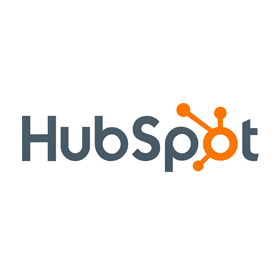
HubSpot actually transitioned to becoming a product-led business from a sales-led one. According to David Barron, HubSpot’s global director of sales, the company managed this by creating a kind of company within a company to experiment with PLG tactics: “This team operated as a startup within HubSpot, giving us the space and freedom to experiment with a new freemium style motion. We had our own management structure, product teams, and a small sales/CS function attached to our new Sales tools.” This team later integrated into the wider company, directing the focus of HubSpot’s efforts moving forwards.
3. Miro
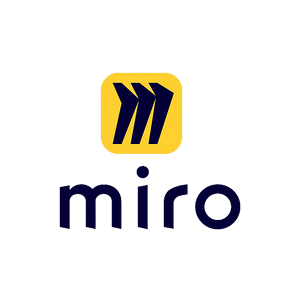
As a collaborative whiteboard solution, Miro’s a product-led growth company through and through. It cites “customer centricity” as the main source of its success – with a focus on combining user data with interviews and insights programs to shape the future of the product and boost retention. “With a higher retention rate and increased engagement,” says Miro’s Yuliya Malysh, “the amount of monetization touchpoints that customers come into contact with has also improved.”
4. Figma

Prototyping software Figma only took ten years to become so disruptive that Adobe ended up having to buy it… For a cool $20 billion. That momentum was down to a product-led growth model that focused on the bottom end of the design market, with a long-term route to the top. It works like this: solo entrepreneurs and students have always been able to use Figma for free. Those guys get really embedded in Figma’s powerful, simple way of working, and then, when they move up the career ladder, their favorite design software comes with them. Smart.
5. Zoom
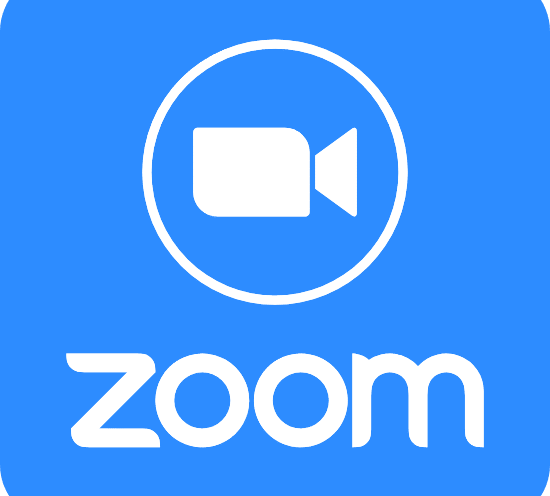
More than 300 million people participate in Zoom calls every day. And yeah, Zoom did do very well off the back of the pandemic. But don’t forget that that particular win wasn’t a sure thing; Zoom successfully fought off pre-established video call giants like Skype. How? By being ridiculously frictionless. People could invite their colleagues or loved ones into a Zoom call even if they didn’t have an account, and all meetings are still free for up to 40 minutes to this day. During COVID, Zoom proved that being product-led, getting people in the door, and showing them a solid service is a surefire way to secure market share.
6. Spotify
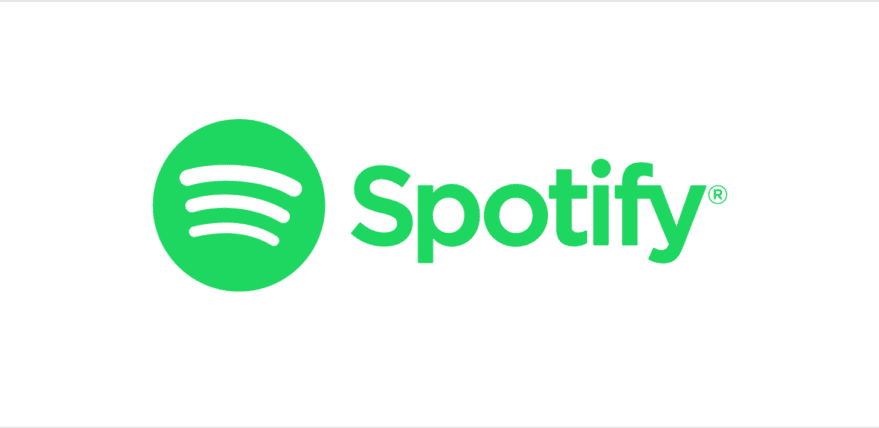
Spotify’s a great example of PLG in the B2C space, with a core offering that only gets better the more people you know who use it. In fact, Spotify has managed to convert around half of its users to paid members – a much higher percentage than most freemium model businesses. It does this by consistently being at the forefront of music streaming. Way-back-when, it was the first app that let you listen to music on your phone while using another app. Since then it’s constantly evolved to become a place to discover new podcasts, buy gig tickets, and a source from which to embed playlists on every third-party platform imaginable. In terms of virality, there’s little that can beat Spotify’s yearly ‘Wrapped’ roundups – with tech influencers routinely bemoaning Apple’s comparative efforts.
7. Squarespace

Squarespace famously markets itself incredibly heavily – you’ll have heard a Squarespace ad on every podcast, and at the start of every YouTube video. But it’s the product that does the real selling. Spend any time with its offering and you’ll understand why; it’s as simple to use as they say and powerful to boot. The real genius? The generous nature of Squarespace’s freemium model. You can mess around with an unlimited number of sites for two weeks each, without paying a penny. That’s a carefully curated time window; it’s ample enough that most users are likely to just about end up finishing their dream website in time to learn that, BTW, websites have hosting costs.
8. Grammarly
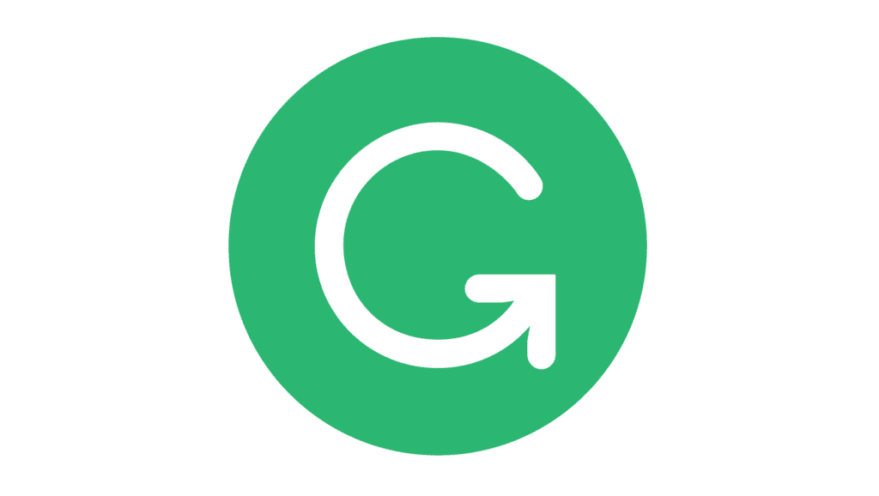
Grammarly’s strength is in how platform-agnostic it is, but that wasn’t always the case. Originally, it existed as a standalone tool, siloed from all the usual text fields you spend your time in. When Grammarly offered a plug-in for Microsoft Word, though, it started to experience real growth. It’ll now gladly check your spelling for you across your entire desktop, as well as within Google docs, with a freemium model that constantly upsells by drip-feeding grammar suggestions that normally stay locked away behind the premium tier.
How to be product-led
The best way to ensure that your product-led growth is actually product-led is to focus on making and evolving something that serves the end user. Winning over the people who use your solution is so important in securing the sense of virality and experience-first credence that this sector is known for.
Traditional sales-led businesses tend to focus their efforts on making a compelling case for the people holding the purse strings. After all, how many times have you been in an office environment where some sluggish system that looks like something from the early ‘90s has been foisted upon you?
Being product-led is ensuring you’re the opposite of that – it means creating a solution that people actually want to use. The kind of thing you almost wouldn’t want IT to find out about… If you didn’t need them to pay for it.
Here’s a great blog about how HubSpot managed that transition.
The takeaway? To adopt that mindset, you’ll need to strip things back to basics, think lean, and become as agile as possible. Here’s how lean teams drive market disruption.
The post 8 PLG Companies Who Are Nailing It appeared first on ProdPad.

